The grape harvest began early at Penn Croft Vineyard in Crondall this year, indicating signs of Britain’s warming climate.
After a sun-soaked summer, the vines have thrived, and English growers are preparing for what promises to be an exceptional vintage.
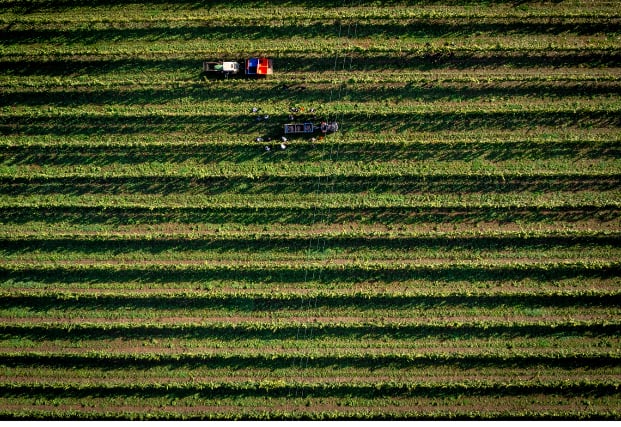
Hotter seasons have not only improved grape quality but also drawn the attention of France’s champagne houses, now investing in English farmland as their own regions become too hot.
Penn Croft was planted in 2018 after a chance meeting between Simon Porter, a local farmer, and Malcolm Walker, a filmmaker keen to tell the story of wine.
Mr Porter had long dreamed of planting a vineyard and had already identified the perfect south-facing field. But his approach was different.
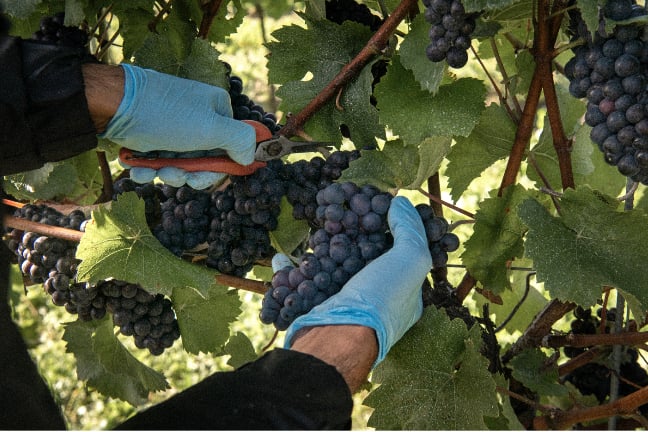
Having practised regenerative farming since 2000, he wanted his vineyard to work in harmony with nature, nurturing biodiversity and soil health from the ground up.
The vines, classic sparkling varieties Pinot Noir, Pinot Meunier, and Chardonnay, with a few rows of Bacchus, are planted nearly four metres apart.
This spacing allows cover crops to grow between the rows, improving soil structure, feeding beneficial organisms, and helping the land retain moisture.
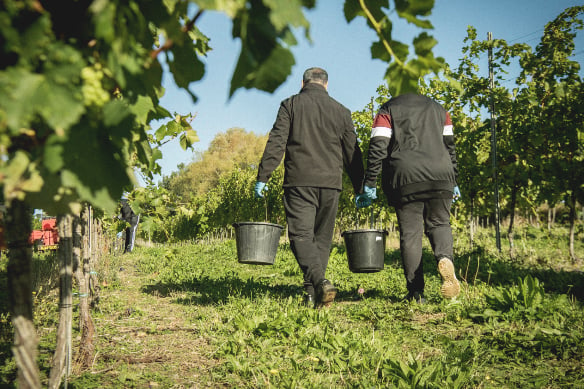
The wider layout also encourages better airflow and sunlight, keeping disease levels low. To balance output, Penn Croft uses a four-cane trellising system that increases yield per vine while maintaining quality.
“Too many vineyards aim to look manicured and tidy,” said Mr Porter.
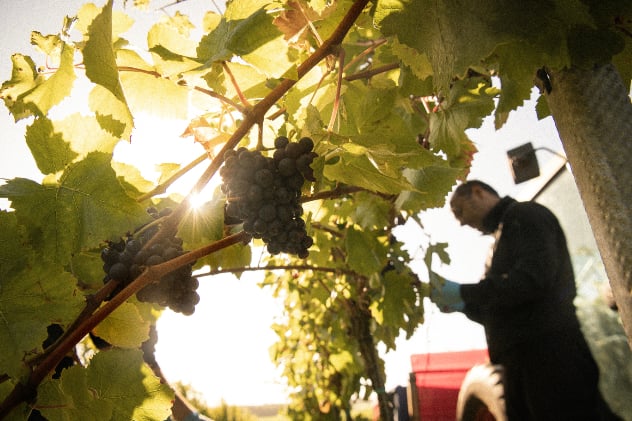
“We like ours a bit wild — with long grass and wildflowers.”
It’s this “scruffy” philosophy that helped Penn Croft become the first English vineyard to achieve Regenerative certification.
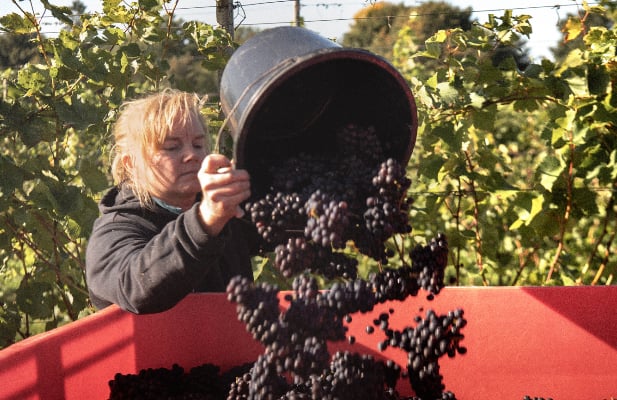
A second vineyard has since been planted on the same principles.
Visitors can learn more through tours and tastings or stop by the Cellar Door café for food and a glass of their wine.
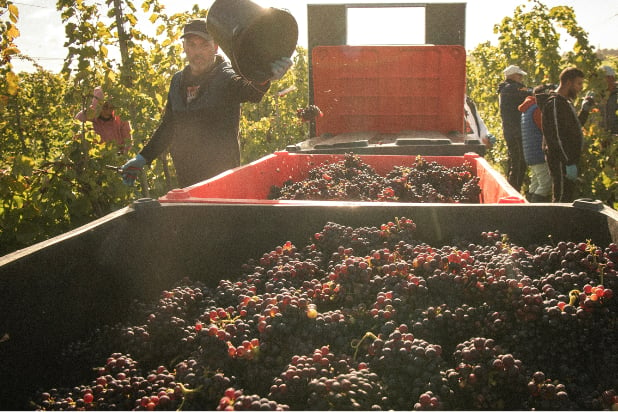


.png?width=209&height=140&crop=209:145,smart&quality=75)
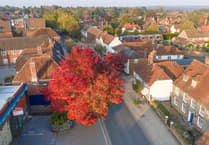
Comments
This article has no comments yet. Be the first to leave a comment.